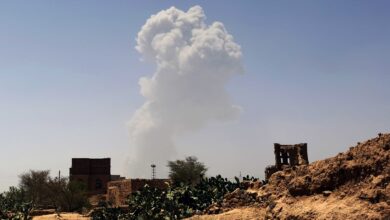BAE Launches Weather Satellite to Boost US Military Safety
BAE Systems has successfully launched its Weather System Follow-on Microwave (WSF-M) satellite from the Vandenberg Space Force Base in California, adding to the Space Systems Command’s next-generation capabilities for environmental monitoring.
The satellite will gather real-time data on ocean surface winds, tropical cyclone intensity, sea ice, soil moisture, and snow depth to help the Department of Defense ensure safety in military operations.
The WSF-M is equipped with a microwave imager that collects necessary data through passive radiometric measurements, as well as an energetic charged particle sensor that detects space weather incidents that can cause spacecraft anomalies.
BAE Systems Space & Mission Systems Military Space vice president and general manager Thai Sheridan said the launch of WSF-M signals a substantial advancement in the US’ space-based environmental monitoring capabilities.
“We are honored to work on such an important project to help safeguard our nation’s and allies’ warfighters and military assets as they take on their biggest challenges,” he added.
A second WSF-M satellite is expected to be completed in 2026 as part of a follow-on contract awarded to the company.
BAE developed the satellite’s ground system with the Naval Research Laboratory’s Blossom Point Tracking Facility, while the WSF-M itself was launched on a Falcon 9 rocket provided by SpaceX.
Improving US Space Presence
The US Space Force announced 21 launches scheduled for 2024 as one of its major missions in the space race.
A group of five satellites for the National Reconnaissance Office are expected to be launched as part of the National Security Space Launch (NSSL) program, some of which are classified.
Other satellites are expected to take on reconnaissance and multi-domain defense roles.
The US views the space domain as a vital component in peacekeeping missions, establishing a “four-pillar-strategy” for space-based defense to address increasing challenges posed by countries such as Russia and China.
In its space strategy, the Department of Defense prioritizes military advantage, multi-domain and multinational integration, strategic environment establishment, and partnerships.












